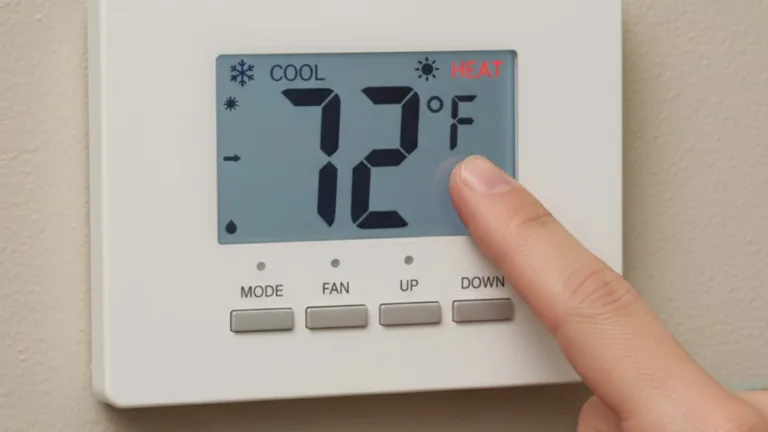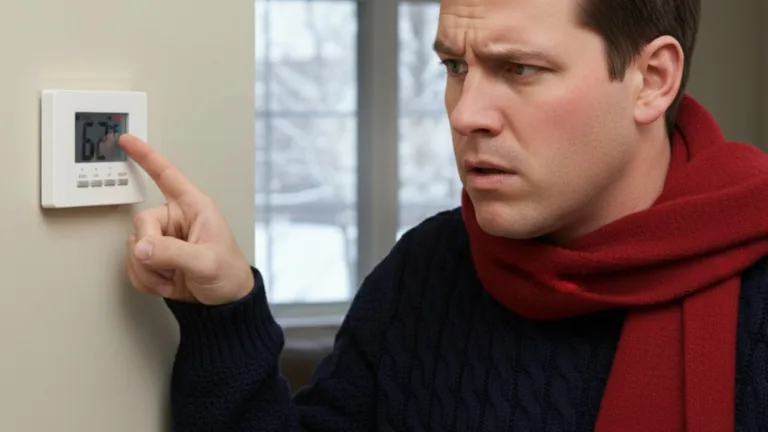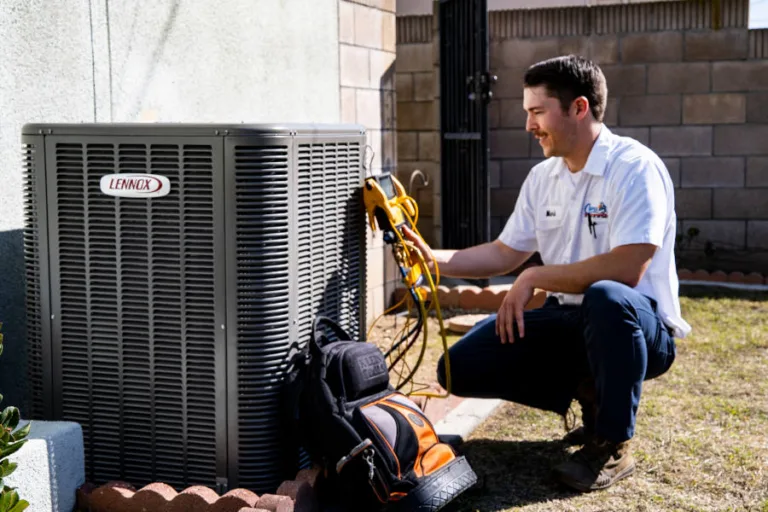If you’re looking to replace your AC unit, you might hear a lot of new terms thrown around, like R-454B refrigerant or the “R-410A phase-out.” It can feel confusing, but this major HVAC refrigerant phase-out is a big win for both the environment and your wallet.
The change is part of a nationwide effort to use more eco-friendly air conditioning with a lower impact on global warming.
In this article, we’ll break down what it means for you, your existing system, and what to look for in your next energy-efficient AC system.
Out with the Old
For years, R-22, better known as Freon, was the standard refrigerant in air conditioning systems. It kept homes cool but harmed the ozone layer.
Starting in 2010, R-410A replaced R-22 and became the industry standard, offering better efficiency and no ozone depletion.
While R-410A is safer for the ozone layer, it still has a high Global Warming Potential (GWP). That’s why the R-410A phase-out is happening: to reduce greenhouse gas emissions and promote eco-friendly air conditioning solutions.
California homeowners in the San Gabriel Valley should understand how this affects their current and future AC systems.
The New Regulations
The American Innovation and Manufacturing (AIM) Act is driving this nationwide shift. Its goal is to gradually phase down high-GWP refrigerants like R-410A to reduce their environmental impact.
Here’s the timeline: as of January 1, 2025, the production and import of new R-410A equipment is prohibited. Existing systems can still be used and serviced, so your current AC isn’t suddenly illegal. However, all new installations will now use low-GWP refrigerants like R-454B or R-32 refrigerant.
This phase-out is gradual, continuing until 2036, when HFC use is expected to be reduced by 85%. The key takeaway? This isn’t a ban on your current system—it’s a regulation on manufacturing new R-410A AC systems.
The New Standards
Meet R-454B refrigerant, also called Puron Advance. It’s the primary replacement for R-410A, offering a 78% lower GWP while maintaining similar—or even better—energy efficiency. That means it’s better for the planet and your utility bills.
R-32 refrigerant, another low-GWP alternative, is also emerging for new systems. Most of these new refrigerants fall under the A2L classification, meaning they are mildly flammable. Modern energy-efficient AC systems are designed with additional safety features like leak detectors, ensuring your home stays safe while using these advanced refrigerants.
What This Means for Your Home
If your system is old or failing, now is a great time to consider a full replacement with a new AC replacement San Gabriel Valley homeowners can rely on. New systems using R-454B refrigerant may cost slightly more upfront because of retooling and enhanced safety features, but they will save you money on energy bills and future-proof your home.
If your system is working well, don’t panic. Your current R-410A AC system isn’t illegal and can still be serviced for years. That said, as the supply of R-410A dwindles, the cost of repairs and recharges may rise.
The big picture: this HVAC refrigerant phase-out is designed to create a more sustainable, energy-efficient future for AC systems, benefiting homeowners and the environment alike.
Take the Next Step
Confused about which refrigerant is right for your home? Let the experts at Cypress Heating & Air Conditioning, your trusted San Gabriel Valley HVAC provider, guide you.
Whether you’re considering an upgrade or have questions about refrigerant replacement service, we’re here to help. Contact us today to schedule a consultation!











